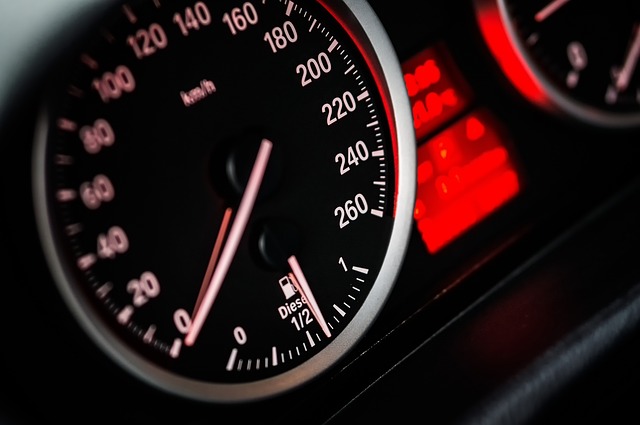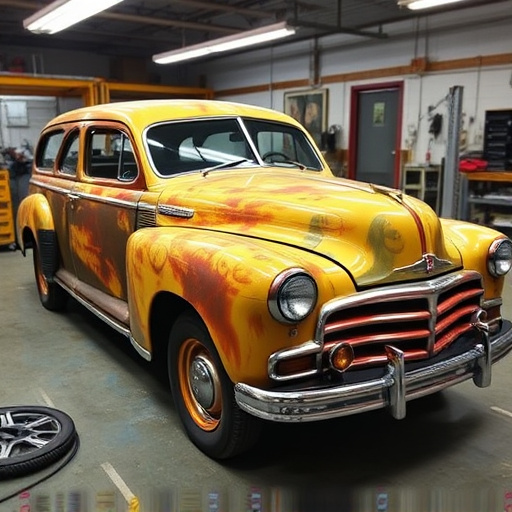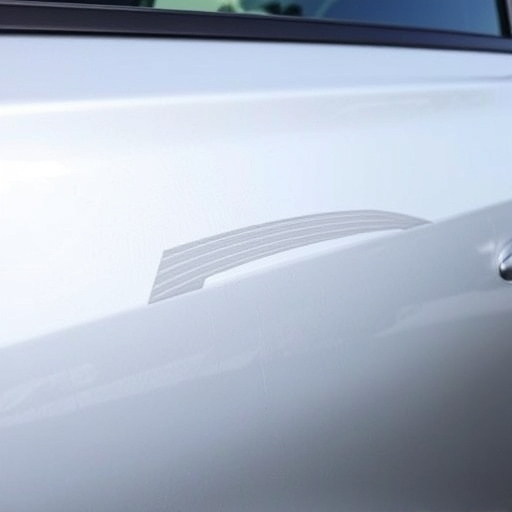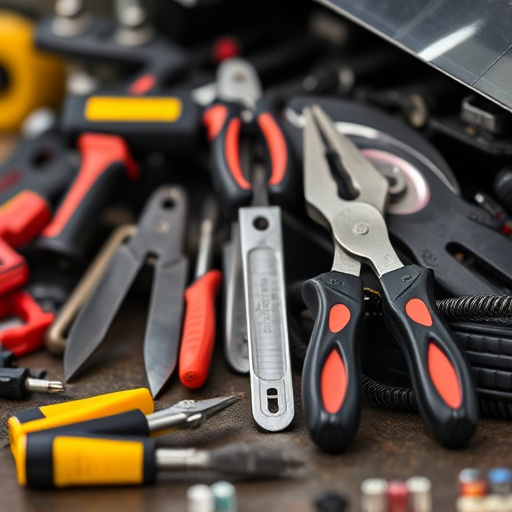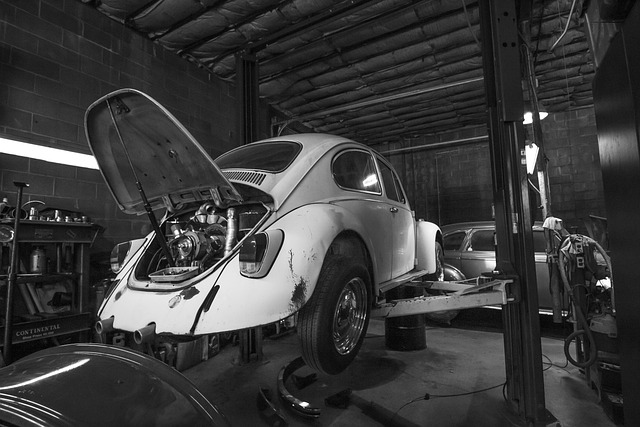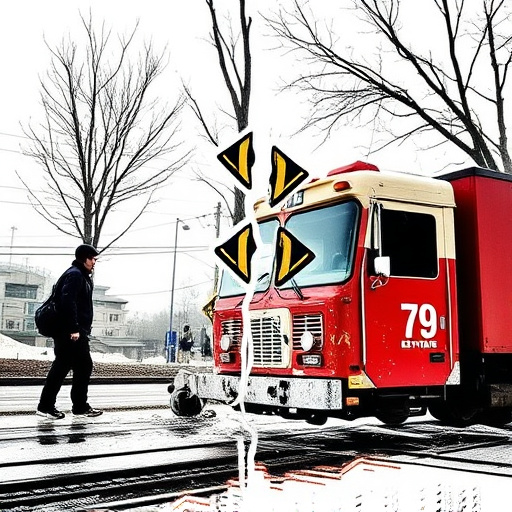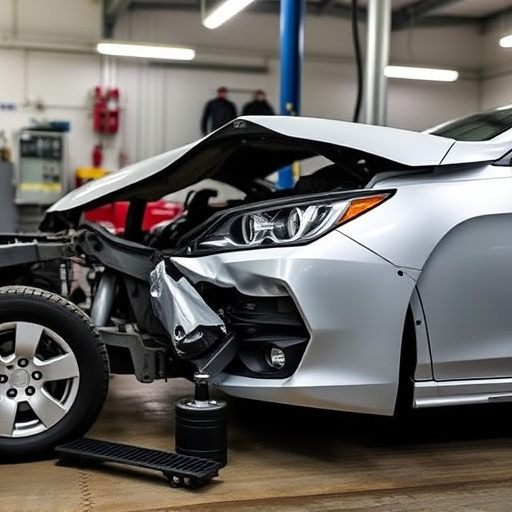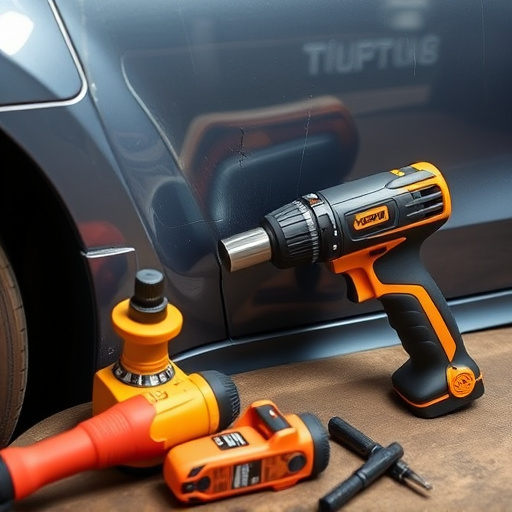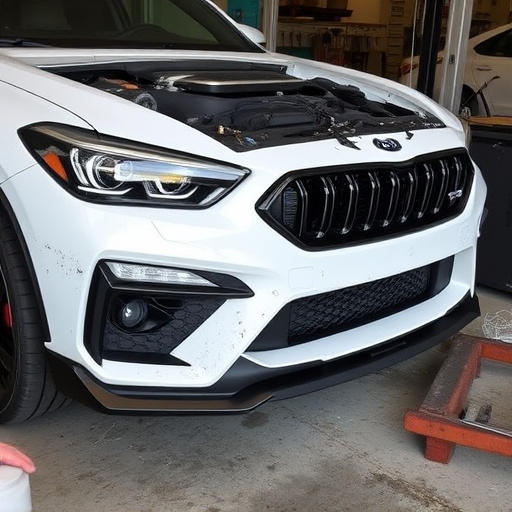Tesla repair procedures require specialized knowledge for aluminum and steel frame work due to their unique properties. Frame straightening is crucial for structural integrity and original design preservation. Quality and safety ensure vehicle reliability and aesthetics by using advanced techniques and genuine parts, adhering to Tesla's specific guidelines.
Tesla vehicles are renowned for their innovative aluminum and steel frameworks, demanding unique repair approaches. This article explores comprehensive Tesla repair procedures tailored to these advanced materials. We’ll guide you through understanding the distinct characteristics of Tesla’s aluminum and steel components, followed by detailed step-by-step repair processes. Additionally, we emphasize the critical aspects of ensuring quality and safety in Tesla component repairs, offering valuable insights for both professionals and enthusiasts.
- Understanding Tesla's Aluminum and Steel Framework
- Step-by-Step Repair Process for Each Material
- Ensuring Quality and Safety in Tesla Component Repairs
Understanding Tesla's Aluminum and Steel Framework
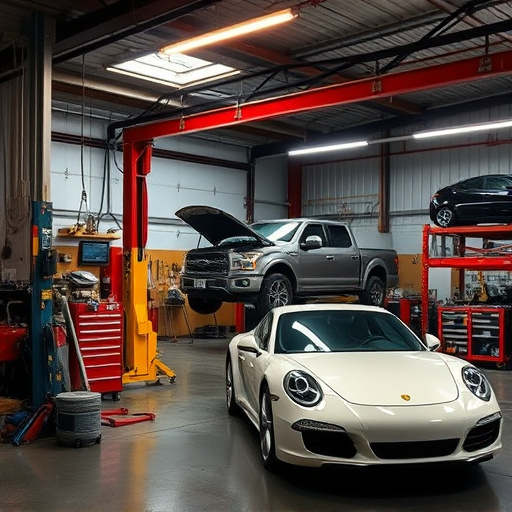
Tesla vehicles are renowned for their innovative use of materials, particularly aluminum and steel, in their construction. Understanding the unique characteristics of these materials is crucial when it comes to Tesla repair procedures. The brand’s automotive body work often involves a seamless fusion of these two elements, creating a lightweight yet sturdy frame. Aluminum provides exceptional strength-to-weight ratio, making it ideal for reducing vehicle weight and enhancing fuel efficiency, while steel adds rigidity and structural integrity, especially in critical areas like the chassis and suspension.
When considering Tesla repair, especially after an accident or damage, proper frame straightening techniques become paramount. Similar to Mercedes Benz repair processes, Tesla owners should seek professionals who specialize in automotive body work to ensure accurate alignment and restoration of these precision-engineered components. Frame straightening not only ensures the vehicle’s structural safety but also maintains the original design aesthetic, showcasing the brand’s meticulous craftsmanship.
Step-by-Step Repair Process for Each Material
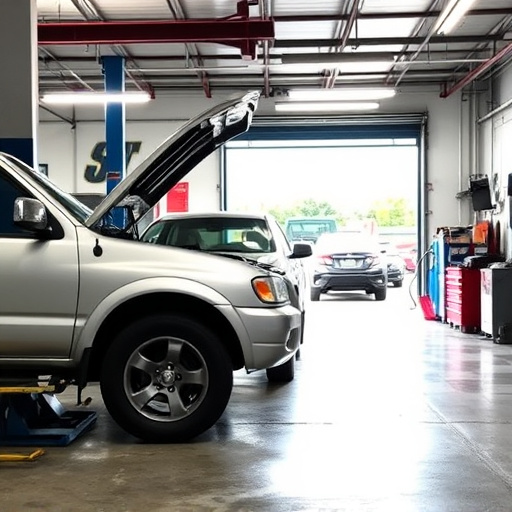
When performing Tesla repair procedures on aluminum or steel components, understanding the unique characteristics of each material is crucial for achieving optimal results. For steel, the initial step involves thoroughly inspecting and preparing the damaged area. This includes removing any loose debris, rust, or corrosion to ensure a clean surface. Next, apply an appropriate primer designed for metal to create a solid foundation for subsequent repairs. Following this, use precision tools and techniques to reshape and align the steel panel, ensuring it fits seamlessly with surrounding panels. Finally, employ high-quality paint designed specifically for automotive applications, allowing the car bodywork services to match the original finish perfectly.
In contrast, auto body repairs on aluminum require specialized skills and equipment due to its different properties. The process begins by identifying and marking the damage precisely. Then, use a specialized cutting tool to carefully remove the damaged or dented area while preserving the surrounding intact metal. After cleaning and degreasing the surface, apply an undercoat to prevent corrosion before installing a new aluminum panel. It’s essential to ensure proper alignment and sealing to maintain the vehicle’s structural integrity. Finish with a durable automotive paint job that enhances the car body shop’s aesthetics and protects against future damage.
Ensuring Quality and Safety in Tesla Component Repairs
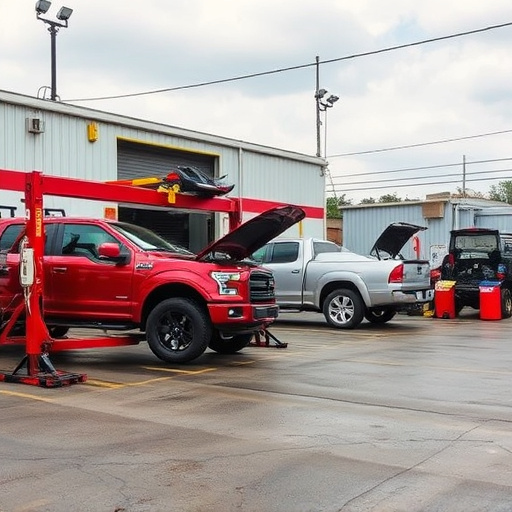
Ensuring quality and safety in Tesla component repairs is paramount to maintaining the vehicle’s integrity and performance. When it comes to aluminum and steel parts, such as fenders, doors, or bumpers, precision and expertise are key. Professional repair facilities use advanced techniques like paintless dent repair for aluminum panels, ensuring minimal disruption to the car’s original finish. For steel components, specialized tools and knowledge help achieve accurate measurements and seamless rejoins, preventing structural weaknesses.
Adhering to Tesla’s repair procedures ensures that all repairs meet or exceed the manufacturer’s standards. This includes using genuine replacement parts where necessary and employing certified technicians who are trained in the latest repair methods, such as advanced body shop techniques for both aluminum and steel. By prioritizing quality and safety, owners can rest assured that their Tesla vehicles will remain reliable, secure, and retain their distinctive aesthetic appeal—including meticulous bumper repair and car dent repair work—for years to come.
In conclusion, understanding the unique aluminum and steel frameworks that constitute Tesla vehicles is paramount to effective repairs. By following meticulous step-by-step processes tailored to each material, technicians can ensure precise restoration. Adhering to stringent quality and safety standards not only guarantees the integrity of Tesla components but also enhances the overall driving experience for owners. Implement these best practices to uphold the superior craftsmanship that defines Tesla repair procedures.

